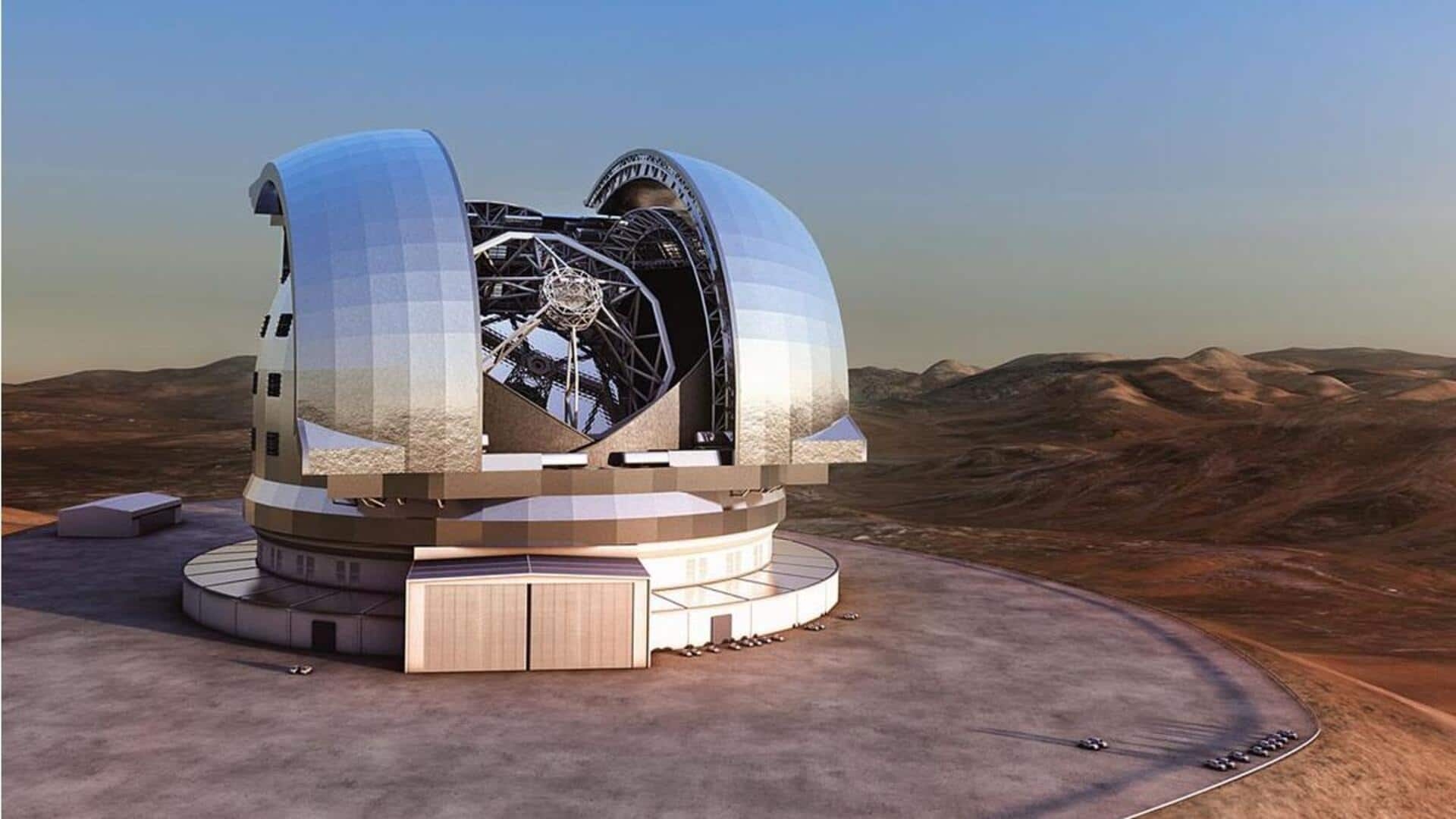
World's highest observatory opens in Chile after 26-years of effort
What's the story
The University of Tokyo Atacama Observatory (TAO) has been inaugurated as the world's highest telescope, situated at an impressive altitude of 18,500 feet on Mount Chajnantor in the Atacama Desert, Chile. This cutting-edge observatory boasts a 6.5-meter diameter telescope with unique observational capabilities in near-infrared wavelengths, offering new insights into the birth of galaxies and the origin of planets. TAO's construction was a significant achievement after 26 years of meticulous planning and construction.
New heights
TAO surpasses previous record holders
The new facility, TAO, surpasses its predecessor MiniTAO and other high-altitude observatories. It now stands taller than the Chacaltaya Observatory in Bolivia, which is under the University of Madrid's control and sits at an elevation of 17,191 feet. Interestingly, the next three record holders are also located in Chile's Atacama desert: the James Ax Observatory (17,100 feet); the Atacama Cosmology Telescope (17,030 feet); and the Llano de Chajnantor Observatory (about 16,700 feet).
Technological triumph
TAO's location and instruments enhance observational accuracy
The observatory's location on Cerro Chajnantor mountain, translating to "place of departure" in the extinct Kunza language, was chosen for its high altitude, thin atmosphere, and consistently dry climate. These conditions are ideal for infrared telescopes like TAO as their observational accuracies depend on low moisture levels. The TAO's 6.5-meter telescope is equipped with two scientific instruments— SWIMS and MIMIZUKU—designed to observe the universe in infrared. They will study galaxies' formation and early disks of dust within which stars form.
Overcoming obstacles
Challenges and solutions in high-altitude construction
Yuzuru Yoshii, the project's leader since 1998, acknowledged the challenges of constructing at such a high altitude. Workers required regular medical checkups and had to breathe oxygen while working on the telescope. Researchers will also need to take precautions against altitude sickness. To mitigate these issues, plans are underway to operate the telescope remotely from a lower base facility.